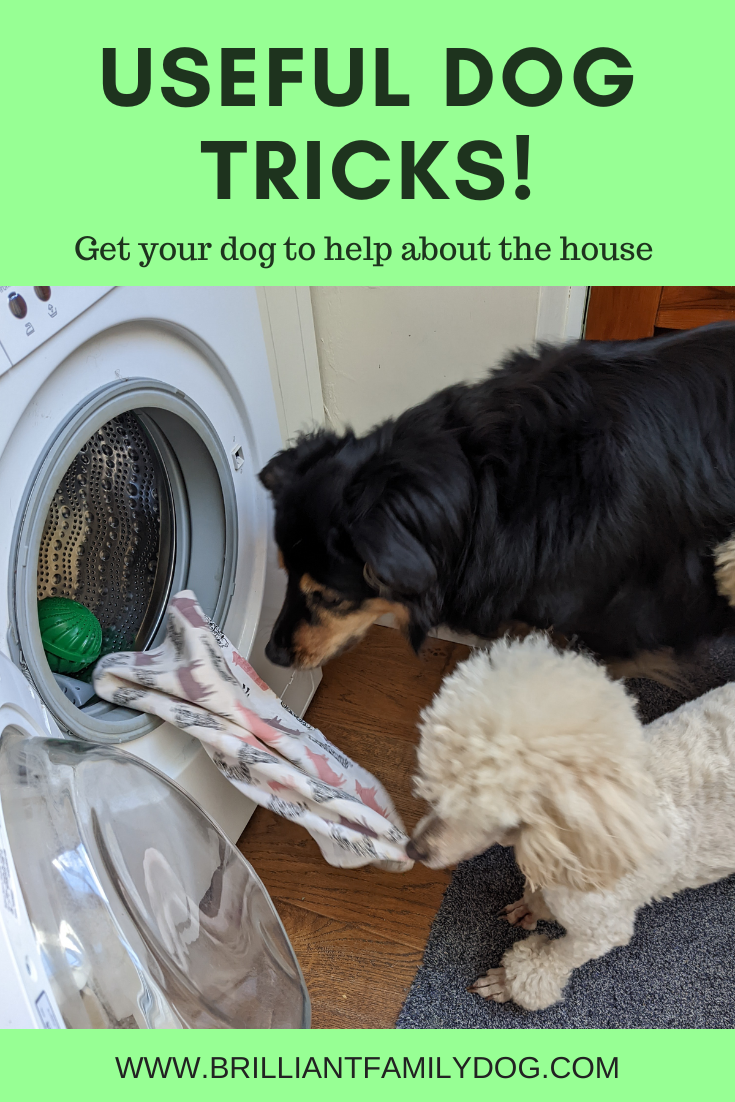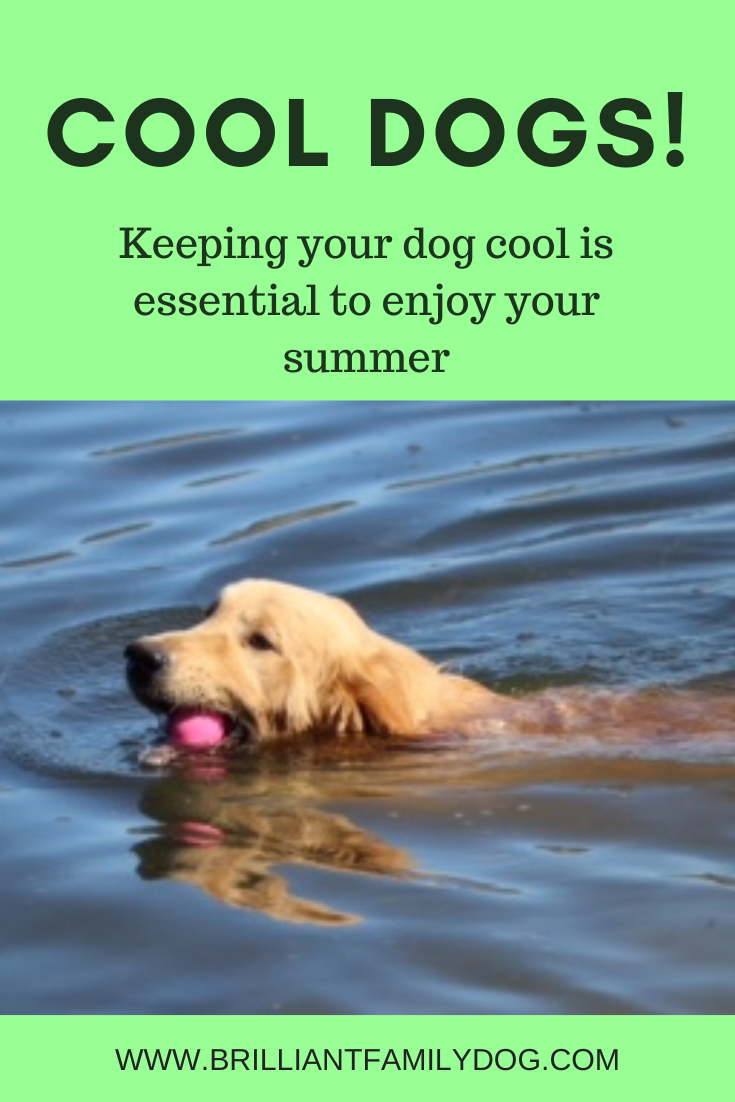Some people mistakenly think tail-chasing is cute! But I’m afraid it’s far from cute.
It’s what’s known in the trade as an Abnormal Repetitive Behaviour (ARB) - a bit like OCD in humans - and not only can the tail-chasing get worse, but it can spread to a lot of other unwanted activities, like chasing lights or reflections. ARBs can get worse over time, and may need meds to help eliminate them.
If it becomes extreme, the dog can lose the hair of his tail from grabbing it.
So we need to look at why your dog is chasing his tail, and then what to do about it.
Why the tail-chasing?
It could be that parasites, internal or external, are causing this tail fixation. Maybe it’s simply developed out of boredom, and it can be seen in kennelled dogs who get no mental stimulation. Or it could be a distraction behaviour your dog has developed when he’s overwhelmed.
Just as with any behavioural change, the first thing to do is have a thorough vet check to rule out hidden pain or any underlying problem. This is really important, and may uncover something that is lurking.
Then how to change it?
Interrupt!
The best thing to do is interrupt any things your dog does that you don’t want him to do. That doesn’t mean by yelling NOOO! It simply means you distract him into something you’d prefer he did.
First of all, you want to teach something else that he can’t do while he’s spinning (that’s most things! But a DOWN would do well here).
Make sure he knows it inside out, that he always gets a massive reward from it - top quality treats and fun - and that he’s happy to perform this trick anywhere, any time, any place.
Then you have to keep your eyes peeled! You have to notice what triggers the spinning, and get in there fast with your Down cue.
Getting him to lie down before he starts the spin is best. But even if he spins then lies down, this is a start - and don’t forget! Always heavily reward this Down.
This is not going to change overnight! You have your work cut out, and I would focus on just this for at least a week, then see where you are with it.
Down? Or Ball?
Another thing that can work well to forestall the spinning is to toss your about-to-spin dog a ball. Be careful that he doesn’t think he has to spin in order for you to throw the ball!
Just as with the Down, there need to be lots of occasions when the ball is thrown in the total absence of any tail-chasing.
You’re offering your dog an alternative to spinning - something he can choose to do instead of the tail-chasing. So it has to be good! And it has to be ultra-rewarding for him to choose it instead of relapsing into his previous habit.
Here’s what Edwina had to say about how she eliminated spinning from her adopted Collie’s life. She said, “Bud chased his tail whenever we weren't doing anything.”
At first she’d tried to praise not-spinning, but found there was a danger of creating the sequence that he must spin to be able to stop and get the reward! So I suggested she interrupt the spin before it started.
“Bud has a fairly good down cue no matter how far away he is. I know when he is likely to spin and although I was sometimes a moment late I caught him before a full-blown spin and so he was happy to lie down. I calmly praised verbally, waited a moment and then released him. Initially he would quickly go into the spin again so I would give the down again as fast as I could. The next time I waited a little longer to release. It didn't take many spins before he seemed to realise nothing was happening and he was free to wander.
He isn't completely free of spins yet but he is so much better it is hardly an issue now.”
Abnormal Repetitive Behaviours
So you can see that this “cute” spinning is not so cute after all! If your dog is showing signs of developing one of these fixations, you need to act fast to stop it becoming debilitating.












